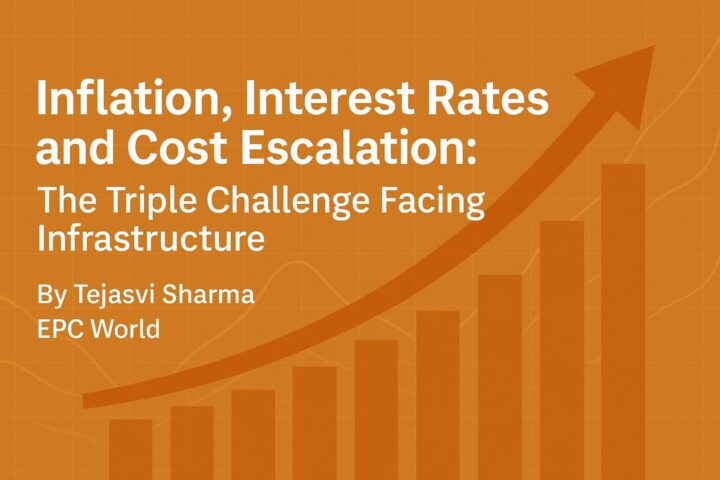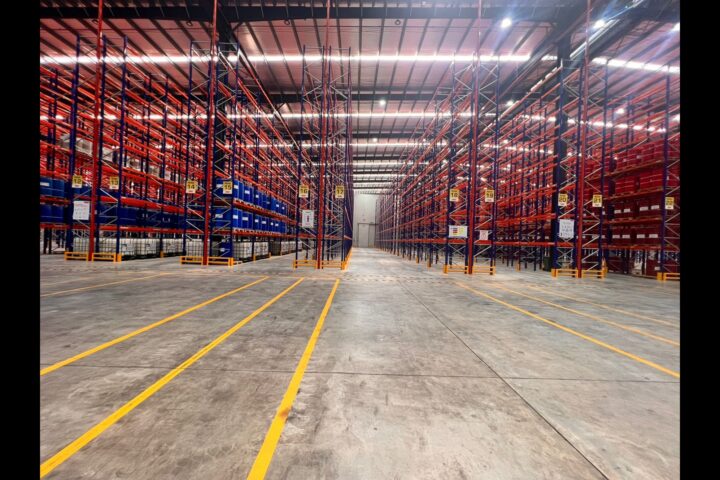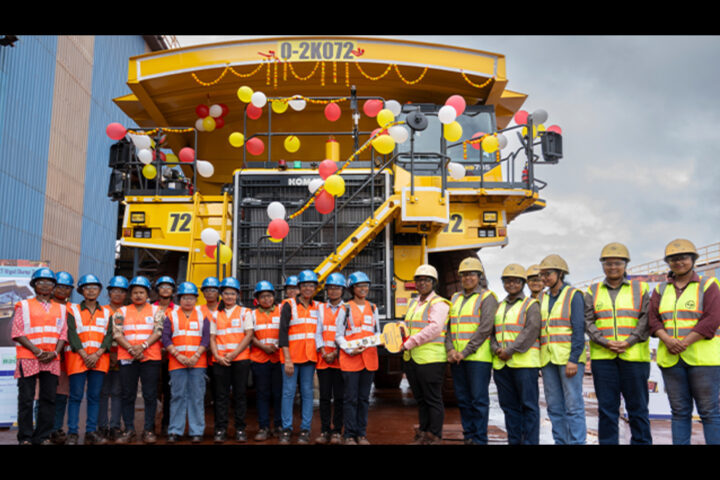by Kiran Reddy, Founder & CEO, Bricks & Milestones
What are some of the first things you consider when deciding on your next home purchase? Regardless of your specific needs, location would always be a top priority. When selecting a property, most buyers look for connectivity, proximity to workplaces, and access to essential amenities, for a comfortable and hassle-free lifestyle. Real estate developers also place immense importance on this factor as it plays a crucial role in project success. Hence, developers are using data-driven insights to ensure project viability and long-term value appreciation. These potential sites are later evaluated based on infrastructure, market trends, and economic indicators.
With Bengaluru seeing an increase in people moving to the city, livable locations in the city have expanded significantly. Here comes the emergence of multiple micro-markets away from city centers such as Sarjapur Road, Doddaballapur, Gunjur, and Whitefield, which have now become attractive hubs for the younger IT workforce and growing families. This shift highlights the importance of strategic site selection for success in real estate. Additionally, being close to employment hubs is a crucial factor in site selection, with heightened demand for properties near IT parks, business districts, and industrial zones.
The foundation of any successful real estate project is choosing the right site, and this decision is determined by land availability, zoning laws, environmental impact, and future urban planning initiatives. New-age developers integrate geospatial technology and predictive analytics to assess parameters such as soil quality, flood risk, and transportation accessibility. Furthermore, sustainability and climate resilience are now becoming integral aspects of site selection, due to which developers are always seeking eco-friendly solutions and green-certified locations. And not to forget, connectivity and transportation networks, such as highways, metro lines, and airport access play a significant role in site viability. Finally, the presence of educational institutions, healthcare centers, and retail hubs contribute to the overall livability and desirability of a good neighbourhood. To simply put, a sought after location is one that has connectivity, infrastructural developments, commercial activities, budget, and additional conveniences.
Developers strategically align their projects with government-planned road networks, metro expansions, and smart city initiatives. A report by Knight Frank highlights that locations within a 5-km radius of metro stations have seen 30-40% hike in property appreciation rates compared to non-metro-connected areas. Similarly, regions with new flyovers, expressways, airports and commercial hubs attract substantial real estate investments.
In Bengaluru, areas around the proposed metro expansion phase, route of STRR, have witnessed an influx of premium residential and commercial developments, making them hotspots for future growth. New developments such as, The Bangalore Peripheral Ring Road and Satellite Town Ring Road projects will unlock significant development potential in surrounding regions, be it new residential townships, commercial complexes, or even industrial zones. The STRR (Satellite Town Ring Road) project is expected to bring in employment opportunities, connectivity and reduce congestion, thereby benefiting rapidly developing areas like Doddaballapur, Devanahalli, and Sarjapur. Investments in social infrastructure such as hospitals, educational institutions, and recreational spaces are further shaping the desirability of these locations.
Understanding buyer preferences and market trends is the next crucial factor for developers. The rise of work-wellness-life balance and convenience has also influenced location strategy, with developers focusing on suburban areas offering larger living spaces, green cover, recreational spaces and integrated townships.
Recent studies show that around 80% of Indians prefer homeownership over renting following which the demand for gated communities and mixed-use developments has surged. Additionally, the affordable housing and mid-segment market continues to be a strong driver of demand, particularly in emerging locations that offer value-for-money investments. Areas with tech-driven workspaces, co-living options, and integrated retail hubs are seeing an uptrend in demand, especially amongst young professionals and NRIs who are looking for long-term investments. As travel is gaining frequency for work or leisure, proximity to the airport is also one of the important factors homebuyers look at.
Identifying future growth zones is pivotal for developers aiming to maximize returns for homebuyers and investors. Key indicators include government infrastructure projects, corporate expansions, and industrial corridors. Currently, North Bengaluru is experiencing rapid growth, driven by the proximity to Kempegowda International Airport, tech parks, and upcoming business districts. Locations along the Outer Ring Road, Whitefield, and Electronic City are also emerging as high-potential investment destinations due to an increase in IT firms and multinational companies. The Knowledge Corridor (KWIN), with upcoming R&D centers, data centres, and aerospace hubs are fueling real estate expansion in areas like Devanahalli and Yelahanka. Devanahalli and Doddaballapur Road, in particular, are witnessing significant investment due to their balanced lifestyle offerings, improved connectivity, and proximity to major industrial corridors.
In conclusion, the mindset of new-age developers is heavily influenced by location strategy, infrastructure growth, and economic development opportunities. As the city’s urban landscape evolves, developers who prioritize data-driven decision-making and future-ready locations will continue to lead the market. With buyer preferences shifting towards connectivity-driven and well-planned neighborhoods, the very same developers should prioritize location intelligence and future growth indicators thereby ensuring long-term value as well as returns.


















